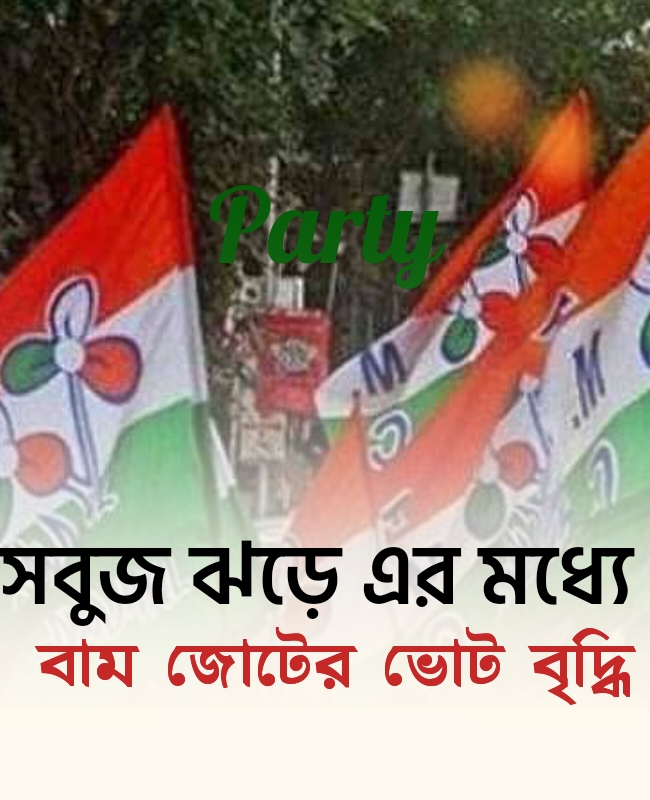Jain Hills of Madurai: History and Impact of the Impalement Legend
Madurai, one of Tamil Nadu's most historically significant cities, has been a center of religious and cultural transformation for centuries. Among its many historical sites, Jain Hills stands as a testament to the presence of Jainism in the region. These hills, adorned with ancient Jain caves and inscriptions, highlight the once-thriving Jain community that significantly contributed to Tamil literature, philosophy, and culture.
Historical Background of Jain Hills
Jainism flourished in Tamil Nadu from the early centuries of the Common Era, with Madurai serving as an important center for Jain scholars and monks. The rock-cut caves and bas-relief sculptures found in the Jain Hills depict Tirthankaras and other Jain religious figures, showcasing the deep-rooted influence of Jainism in the region.
However, by the 7th and 8th centuries, Jainism saw a decline due to the rise of Shaivism, driven by influential Bhakti saints such as Sambandar and Appar. This period also saw a shift in royal patronage from Jainism to Shaivism, leading to the gradual erosion of Jain influence.
The Legend of the Impalement of Jains
A controversial yet widely known legend surrounding Jain-Shaivite relations in Madurai is the alleged impalement of 8,000 Jains during the Pandya rule. According to Shaivite hagiographies, particularly Periya Puranam, Jain monks challenged the Shaivite saint Thirugnana Sambandar to a theological debate in the Pandya court. Following Sambandar's victory, the Jains were supposedly sentenced to impalement. While historians debate the historicity of this event, its impact on both communities has been profound.
Impact on Jain Communities
- Decline in Influence: The legend became a symbolic marker of the decline of Jainism in Tamil Nadu, reinforcing Shaivism’s dominance. However, Jain contributions to Tamil literature continued, as seen in works like Neminatham and Civaka Cintamani.
- Marginalization: The narrative contributed to the social and political marginalization of Jains, portraying them as adversaries in Shaivite texts and reducing their influence in Tamil society.
Impact on Shaivite Communities
- Cultural Dominance: The legend was used to strengthen Shaivite identity, reinforcing the idea of Shaivism’s triumph over other traditions. This was reflected in temple murals and religious texts that glorified the event.
- Sectarian Rivalry: Stories of religious confrontation shaped sectarian narratives in Tamil literature, often presenting Jainism as a competing ideology that had to be overcome.
Broader Implications
The legend of the impalement of Jains in Madurai reflects the complex and competitive dynamics between religious traditions in medieval South India. It serves as a symbolic representation of the transition from Jain asceticism to the temple-centered worship of Agamic Shaivism. Despite historical disputes regarding the accuracy of the event, its influence on religious identities and historical perceptions continues to shape discourse in Tamil Nadu.
Jain Hills in Madurai remains a significant historical site, bearing witness to the rich Jain heritage that once flourished in the region. While the legend of the impalement of Jains played a role in reshaping religious landscapes, the contributions of Tamil Jains to literature, culture, and history endure, highlighting the lasting impact of this ancient tradition in South India.










